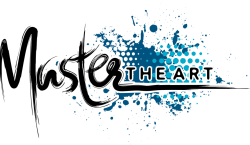Strumming and Rhythms
Strumming is the art in playing chords. I do call it an art, as you can be as creative or technical as you choose with strumming and achieve results that are as personal as your finger print. There as many basic principals, but everyone will have their unique sound when it comes to rhythm and chord playing. Trying to replicate the sound of someone will take much practice. I would encourage you to also seek out your own sound, develop your own voice as you practice your way through the strumming.
Strumming will require practice to learn, but passion to master. There are unlimited rhythms and sounds that will come from your instrument as you play. As you practice, try to replicate the examples in every detail, but once you master the exercise, make the rhythm your own by experimenting with the ideas presented.
Symbols used for Strumming Patterns
|
So that you can learn to strum with consistency, you need to learn the symbols used with strumming. In this video you will learn the basic symbols used for strumming patterns, how to follow them on a rhythm chart.
|
Basic Strumming Techniques
|
To be able to play all the strumming patterns effectively, there are many techniques used to play correctly. They are all fairly simple in themselves, but to get them all correct at once will take some practice. This video will explain and demonstrate what you need to know in order to strum consistently.
|
Strumming Patterns Exercise 1 to 10 - Semibreves to Crotchets
Strumming Patterns Exercise 11 to 20 - Semibreves to Crotchets
Strumming Patterns Exercise 21 to 30 - Basic Quavers
|
Now we divide the beat down further into halves. These rhythms are often referred to as quavers or eighth notes. This lesson looks at the basics of quaver subdivisions.
|
